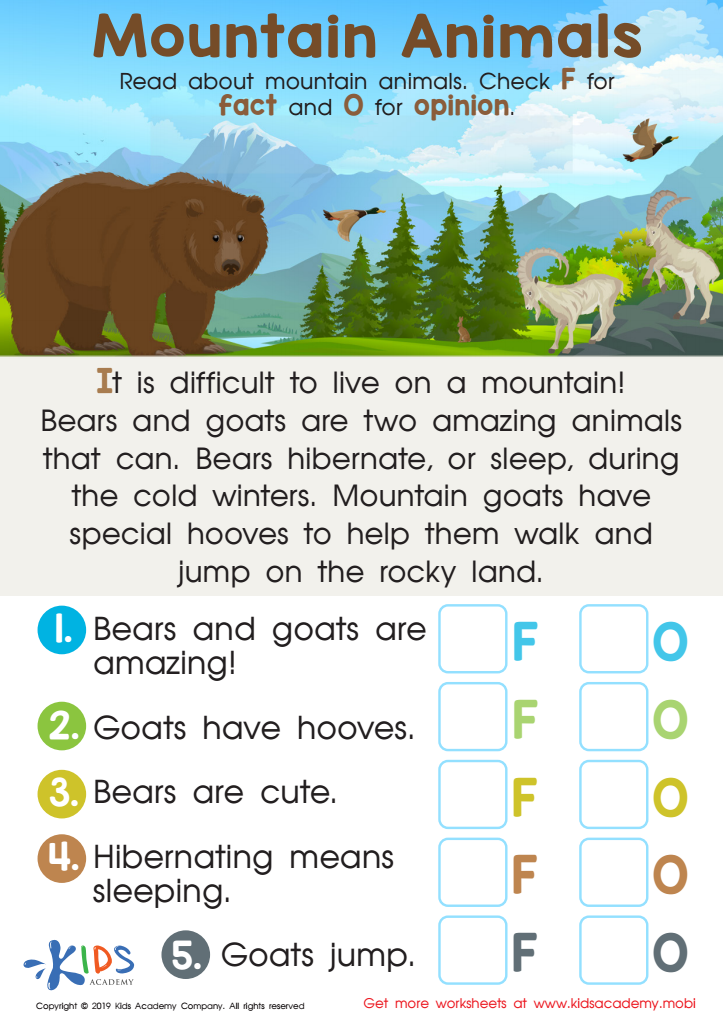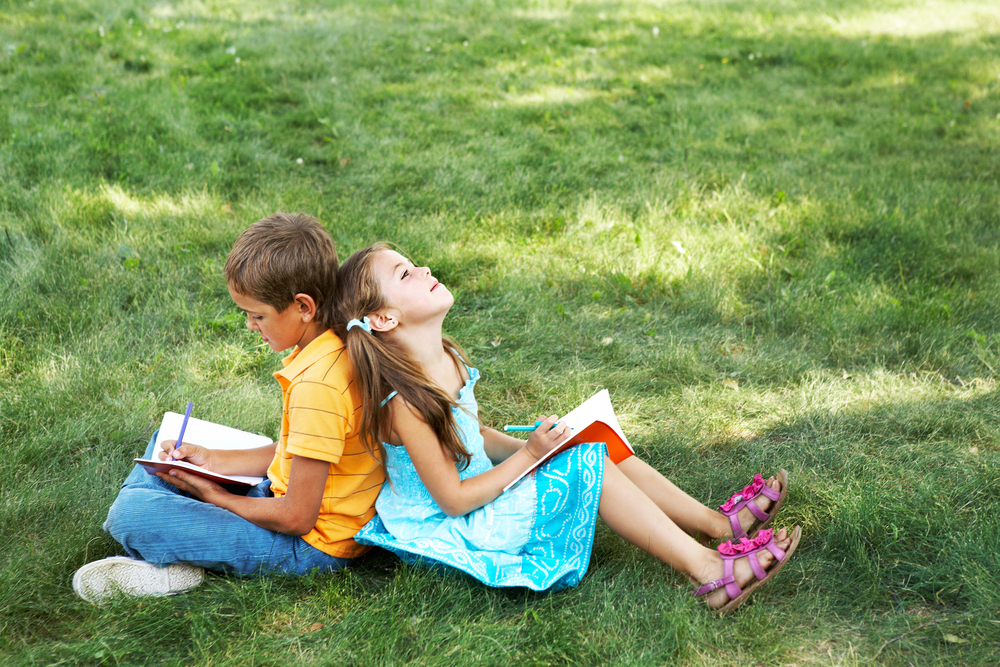Animal identification Normal Worksheets for 8-Year-Olds
4 filtered results
-
From - To
Explore our engaging Animal Identification Normal Worksheets designed specifically for 8-year-olds! These worksheets provide a fun and interactive way for young learners to enhance their knowledge of various animals. With a variety of activities including matching, labeling, and distinguishing characteristics, these resources promote critical thinking and observation skills. Ideal for enhancing vocabulary and fostering a love for wildlife, our worksheets cater to different learning styles, ensuring every child can participate. Perfect for classroom settings or at-home learning, our Animal Identification worksheets will captivate children’s attention while building essential foundational skills in a creative and enjoyable manner!


Mountain Animals Worksheet


Rainforest Animals Worksheet


Great Hornbill Worksheet


Animal Sanctuary Worksheet
Animal identification is important for parents and teachers because it helps children develop a deeper understanding of the natural world. Learning about how animals are identified—by their names, features, and behaviors—fuels curiosity and encourages kids to observe their surroundings.
First, knowing how to identify animals fosters a sense of responsibility. Children learn that different animals play unique roles in our ecosystem, which makes them appreciate nature's balance. For example, understanding that bees help pollinate plants can spark interest in ecology and conservation.
Second, animal identification supports critical thinking skills. Kids use descriptive words to categorize animals and compare traits, helping them build reasoning abilities. Discussing features such as the colors, sizes, and habitats of various species can also enhance their vocabulary and communication skills.
Lastly, making connections between animals and their environments is vital for emotional and social development. Talking about animals can lead to discussions about empathy and kindness, which are important values.
Overall, caring about animal identification encourages children to engage with science, develop important life skills, and cultivate an appreciation for our planet's diverse inhabitants, laying the groundwork for responsible stewardship.

 Assign to My Students
Assign to My Students




















